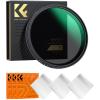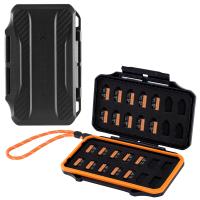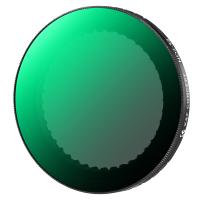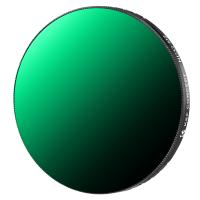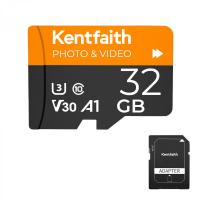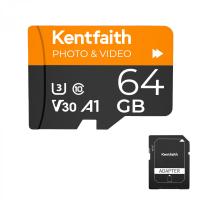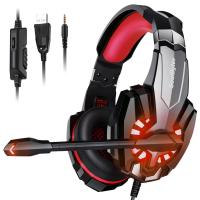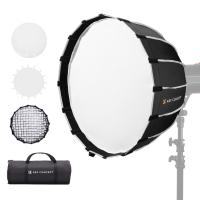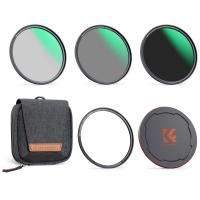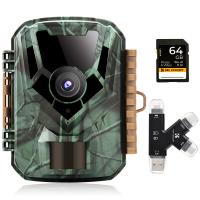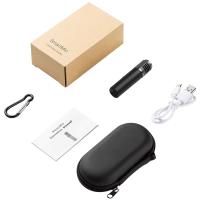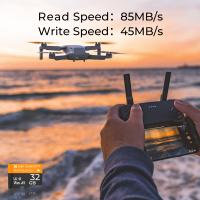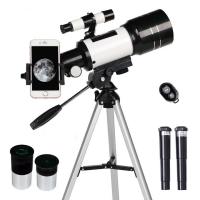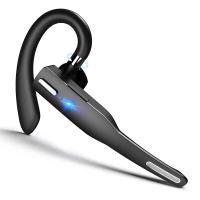How To Access The Sd Card On Android?
Accessing the SD card on an Android device is a common task that many users need to perform for various reasons, such as transferring files, managing storage, or backing up data. This article will guide you through the different methods to access and manage your SD card on an Android device, addressing the most common user demands and providing practical solutions.
Introduction

In the era of smartphones, managing storage efficiently is crucial. Many Android users rely on SD cards to expand their device's storage capacity. Whether you want to transfer files, back up important data, or simply manage your storage, knowing how to access your SD card is essential. This article will cover various methods to access and manage your SD card on an Android device, ensuring you can make the most out of your storage options.
Method 1: Using the Built-in File Manager

Most Android devices come with a built-in file manager that allows you to access and manage files on your SD card. Here’s how you can do it:
1. Open the File Manager: Locate the file manager app on your device. It might be named "Files," "My Files," or something similar.
2. Navigate to the SD Card: Once you open the file manager, you should see an option for "SD Card" or "External Storage." Tap on it to access the contents of your SD card.
3. Manage Your Files: You can now browse, open, move, copy, or delete files on your SD card. Most file managers also allow you to create new folders and organize your files as needed.
Method 2: Using a Third-Party File Manager
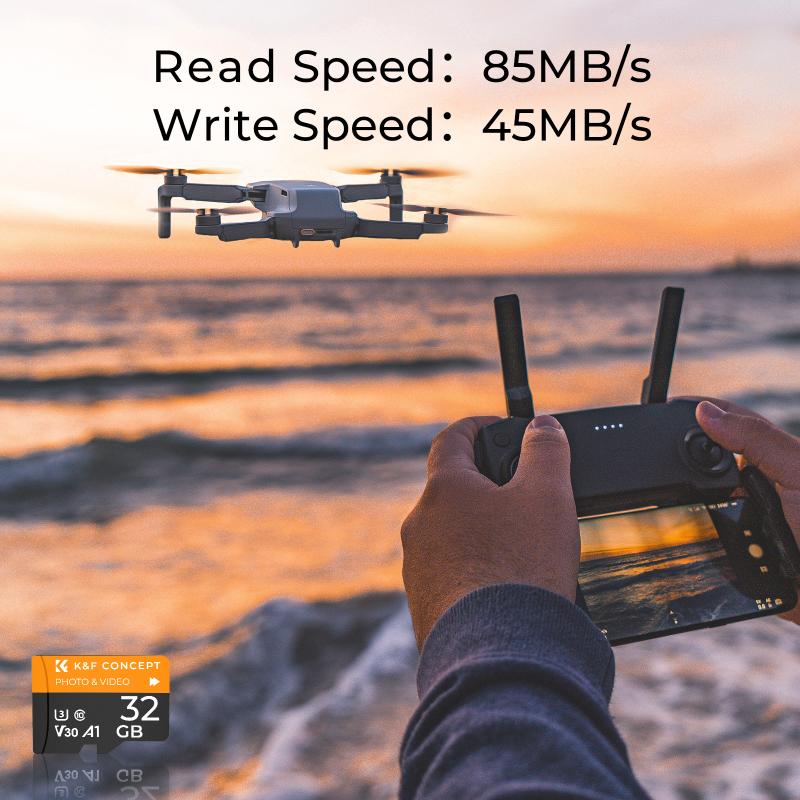
If your device’s built-in file manager lacks certain features, you can use a third-party file manager. Some popular options include ES File Explorer, Solid Explorer, and File Manager by Astro. Here’s how to use a third-party file manager:
1. Download and Install: Go to the Google Play Store and download a file manager of your choice.
2. Open the App: Launch the file manager app.
3. Grant Permissions: The app may request permission to access your files and SD card. Grant the necessary permissions.
4. Navigate to the SD Card: Similar to the built-in file manager, look for an option to access your SD card or external storage.
5. Manage Your Files: Use the app’s features to manage your files. Third-party file managers often offer advanced features like cloud storage integration, file compression, and more.
Method 3: Connecting to a Computer
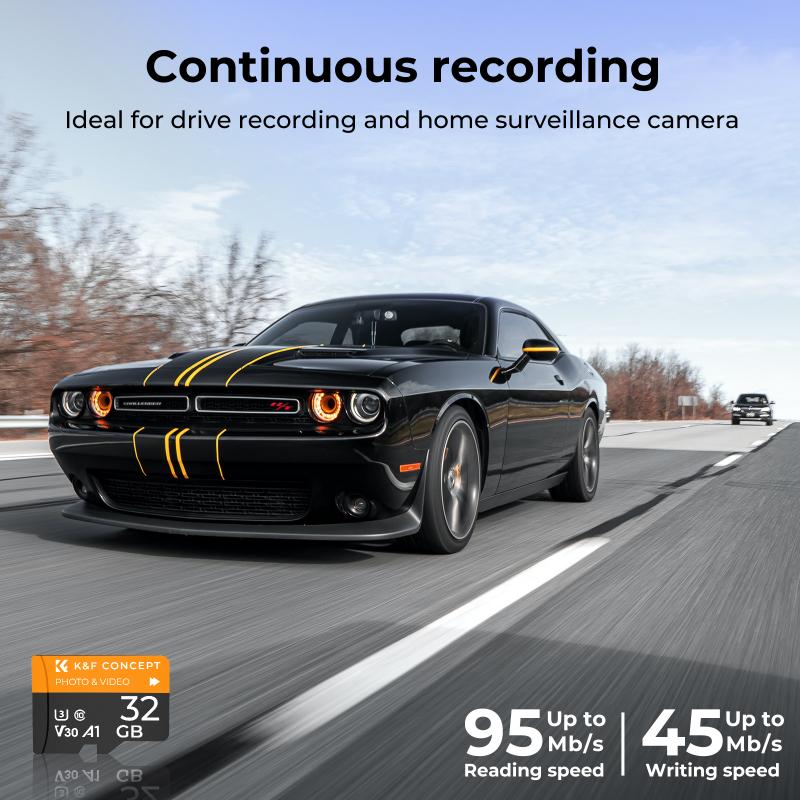
Another way to access your SD card is by connecting your Android device to a computer. This method is useful for transferring large files or backing up data. Here’s how to do it:
1. Connect Your Device: Use a USB cable to connect your Android device to your computer.
2. Select USB Mode: On your Android device, you may need to select a USB mode. Choose "File Transfer" or "MTP" (Media Transfer Protocol).
3. Access the SD Card: On your computer, open "This PC" or "My Computer" and look for your device. Open it, and you should see an option for your SD card.
4. Transfer Files: You can now drag and drop files between your computer and SD card. This method is particularly useful for backing up photos, videos, and other large files.
Method 4: Using an SD Card Reader
If you prefer not to connect your entire device to a computer, you can use an SD card reader. This method involves removing the SD card from your device and inserting it into a card reader connected to your computer. Here’s how:
1. Remove the SD Card: Power off your Android device and remove the SD card. The location of the SD card slot varies by device, so refer to your device’s manual if needed.
2. Insert into Card Reader: Insert the SD card into an SD card reader. Connect the card reader to your computer.
3. Access the SD Card: On your computer, open "This PC" or "My Computer" and look for the SD card. It should appear as a removable drive.
4. Transfer Files: You can now manage files on your SD card using your computer. This method is ideal for users who frequently transfer files between devices.
Method 5: Using Cloud Storage
For users who prefer not to deal with physical connections, cloud storage offers a convenient alternative. By uploading files to a cloud service, you can access them from any device with an internet connection. Here’s how to use cloud storage:
1. Choose a Cloud Service: Popular options include Google Drive, Dropbox, and OneDrive. Download the app for your chosen service from the Google Play Store.
2. Upload Files: Open the app and upload files from your SD card to the cloud. You may need to grant the app permission to access your files.
3. Access Files Anywhere: Once uploaded, you can access your files from any device with the cloud app installed. This method is great for backing up important data and sharing files with others.
Troubleshooting Common Issues
While accessing your SD card is generally straightforward, you may encounter some issues. Here are common problems and their solutions:
1. SD Card Not Recognized: If your device doesn’t recognize the SD card, try reinserting it or using a different card reader. Ensure the card is properly formatted and not damaged.
2. File Transfer Errors: If you encounter errors while transferring files, check for sufficient storage space and ensure the files are not corrupted. Restarting your device or computer can also help.
3. Permission Issues: If a file manager app cannot access your SD card, ensure you’ve granted the necessary permissions. Go to your device’s settings and check the app permissions.
Accessing and managing your SD card on an Android device is a vital skill for optimizing your storage and ensuring your data is organized and backed up. Whether you use the built-in file manager, a third-party app, a computer connection, an SD card reader, or cloud storage, there are multiple methods to suit your needs. By following the steps outlined in this article, you can efficiently manage your SD card and make the most of your Android device’s storage capabilities.


